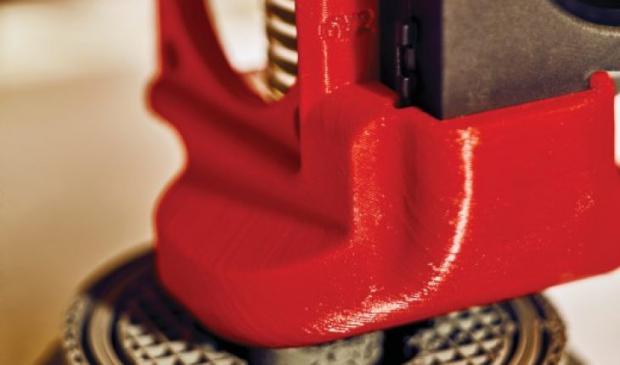
Breaking News
 China Will Close the Semiconductor Gap After EUV Lithography Breakthrough
China Will Close the Semiconductor Gap After EUV Lithography Breakthrough
 The Five Big Lies of Vaccinology
The Five Big Lies of Vaccinology
 Large global study analyzing data from 192 countries has sparked intense debate by suggesting...
Large global study analyzing data from 192 countries has sparked intense debate by suggesting...
Top Tech News
 EngineAI T800: Born to Disrupt! #EngineAI #robotics #newtechnology #newproduct
EngineAI T800: Born to Disrupt! #EngineAI #robotics #newtechnology #newproduct
 This Silicon Anode Breakthrough Could Mark A Turning Point For EV Batteries [Update]
This Silicon Anode Breakthrough Could Mark A Turning Point For EV Batteries [Update]
 Travel gadget promises to dry and iron your clothes – totally hands-free
Travel gadget promises to dry and iron your clothes – totally hands-free
 Perfect Aircrete, Kitchen Ingredients.
Perfect Aircrete, Kitchen Ingredients.
 Futuristic pixel-raising display lets you feel what's onscreen
Futuristic pixel-raising display lets you feel what's onscreen
 Cutting-Edge Facility Generates Pure Water and Hydrogen Fuel from Seawater for Mere Pennies
Cutting-Edge Facility Generates Pure Water and Hydrogen Fuel from Seawater for Mere Pennies
 This tiny dev board is packed with features for ambitious makers
This tiny dev board is packed with features for ambitious makers
 Scientists Discover Gel to Regrow Tooth Enamel
Scientists Discover Gel to Regrow Tooth Enamel
 Vitamin C and Dandelion Root Killing Cancer Cells -- as Former CDC Director Calls for COVID-19...
Vitamin C and Dandelion Root Killing Cancer Cells -- as Former CDC Director Calls for COVID-19...
 Galactic Brain: US firm plans space-based data centers, power grid to challenge China
Galactic Brain: US firm plans space-based data centers, power grid to challenge China
Game changing 3D printers for low cost metal parts

The company, Desktop Metal, has raised nearly $100 million from leading venture capital firms and the venture units of such companies as General Electric, BMW, and Alphabet. The founders include four prominent MIT professors, including the head of the school's department of materials science and Emanuel Sachs, who filed one of the original patents on 3-D printing in 1989.
Though it is possible to 3-D-print metals, doing so is difficult and pricey. Advanced manufacturing companies such as GE are using very expensive machines with specialized high-power lasers to make a few high-value parts. But printing metals is limited to companies with millions to spend on the equipment, facilities to power the lasers, and highly trained technicians to run it all.
Desktop Metal will have the tough task of converting manufacturers away from production methods that are at the heart of their businesses. But the very existence of this large, established market is what makes the prospect so intriguing. Making metal parts, says Fulop, "is a trillion-dollar industry." And even if 3-D printing wins only a small portion of it, he adds, it could still represent a multibillion-dollar opportunity.

 This is why RAM costs so much
This is why RAM costs so much

